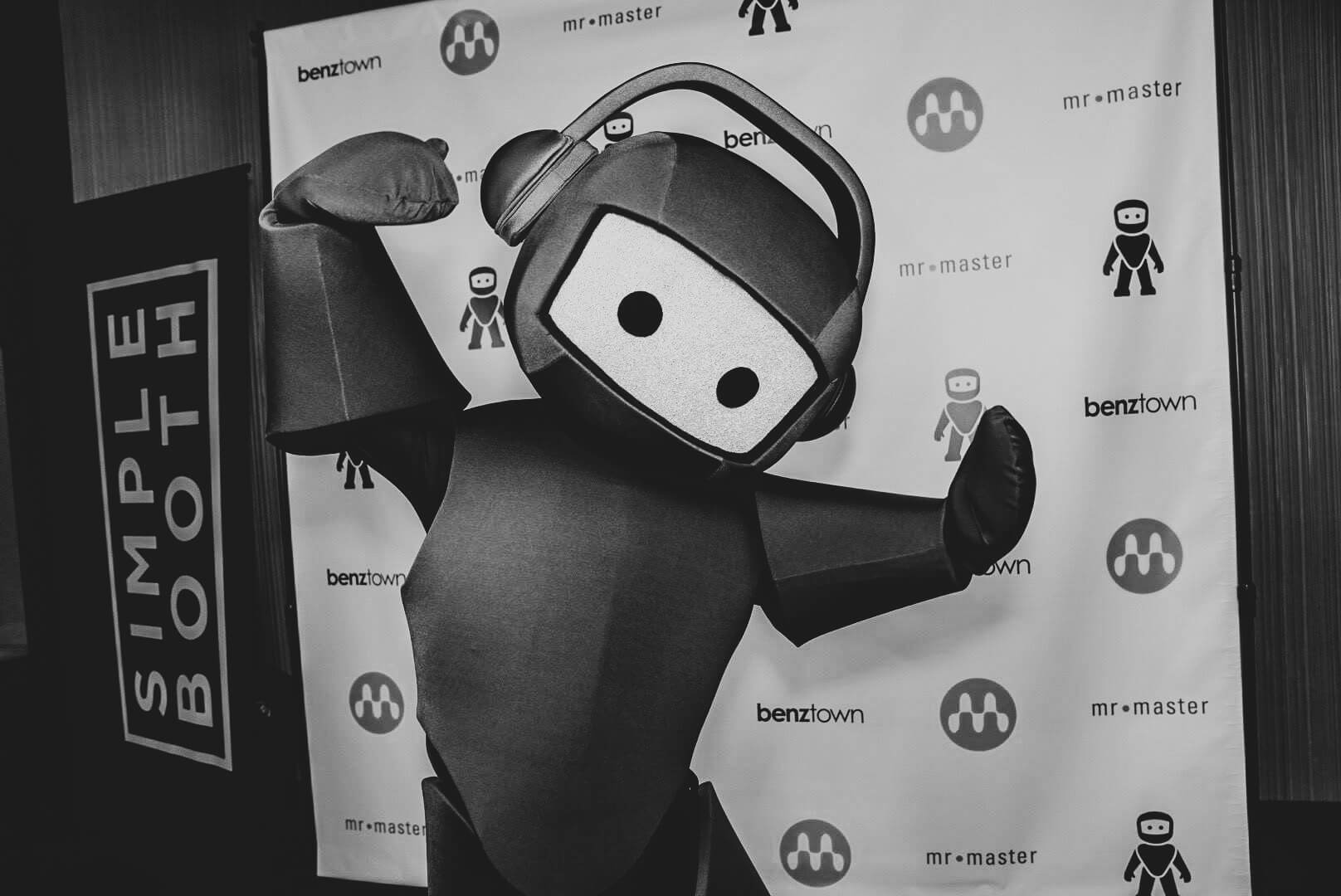Andre’s journey through bass music – Enter Dubstep Part 1
Hi guys, it’s Andre.
Today It’s all about bass! I’m bringing you closer to one of today’s most pulsating and most growing genres in electronic dance music – Dubstep
Dubstep is taking over. Although it’s pretty young, it became one of the most impacting and powerful genres in the EDM scene of our days. Producers like Skrillex, Bassnectar and Flux Pavilion are playing at major events and artists like Britney Spears, Flo Rida or Alex Clare include Dubstep elements in their songs and bring it into the charts.
In 2007, we had small floors at Drum & Bass events playing Dubstep. Like 50 people came and most of it didn’t like it.
In 2012, you cannot escape the raw synths, rough wobble basses and hard beats. From club music over TV commercials, Pop music and of course radio imaging – if you gotta be young and fresh, you got bring out some filthy bass.
Dealing with Dubstep from it’s very beginnings in 2007 until today’s hype, I’m gonna be your guide through bass music.
I will bring some Dubstep background info and I will show you how to create Dubstep on your own. From the right drums, over FX to synth tips and presets, here you’ll get the monster bass!
Early Dubstep wasn’t anything like the music, we consider today as Dubstep. UK producers coming from 2Step and Garage, started to make their music darker and more minimalistic. Joined by a lot of experienced Drum & Bass DJs, being sick of 175bpm madness and rough breaks, they started to improve that sound and cutting first exclusive Dubplates and playing them at small venues in the underground of London’s music scene.
My first experience with Dubstep was ‘Hedd Banger’ by one of Dubstep’s pioneers and still one of the big names in the scene, Skream, London-based producer and DJ.
[youtube=http://www.youtube.com/watch?v=4Pim2X5i1eg]
Believe it or not, but this is Dubstep. The early tracks were pretty dark and minimalistic and didn’t have that crazy rave music character, but you already can hear some of Dubstep typical elements like the 140bpm tempo, the halfbeat pattern with the kick on the one and the snare on the three and of course lots of bass.
With the first bass quakes coming from London, another pioneer made his way. Also London-based producer, William Bevan, a.k.a. Burial.
[youtube=http://www.youtube.com/watch?v=IlEkvbRmfrA]
This was the first record, labeled with Dubstep, I was able to find in a German record shop.
Burial’s dark and melancholic sound was groundbreaking in the history of this young genre and he’s still one of Dubstep’s most respected and estimated artists.
How Dubstep evolved from that dark, minimalistic music to today’s sick wobble inferno and how to create Dubstep by your own. Stay tuned, when my bass music tour continues.
Cheers and have a great weekend.
;)